Eun Ha Su (은하수)
1.5Km 2021-10-20
145, Toegye-ro, Jung-gu, Seoul
+82-2-3705-9141~2
Eun Ha Su at Sejong Hotel was opened in 1978 as Elysee, the first Korean buffet in Korea. For the past 30 years, the restaurant has gained acclaim for its healthy and nutritious Korean cuisine, attracting both Korean and international diners.
Spao (Myeong-dong) (스파오-명동점)
1.5Km 2022-09-21
15, Myeongdong 8na-gil, Jung-gu, Seoul-si
+82-2-319-3850
Spao désigne une marque de vêtements proposant divers sortes de produits, des vêtements décontractés aux tenues plus formelles en passant par les vêtements pour enfants, les sous-vêtements et les accessoires.
Seoul Sejong Hotel (세종호텔)
1.5Km 2021-06-07
145, Toegye-ro, Jung-gu, Seoul
+82-2-773-6000
Seoul Sejong Hotel is located in Myeong-dong, a heart of Seoul’s shopping, tourism, and business districts. Approximately 1 hour from Incheon International Airport, hotel guests can enjoy many attractions nearby as well as a spectacular panoramic view of beautiful Namsan Mountain and downtown Seoul.
PAULIN - Myeongdon Branch (폴인 명동)
1.5Km 2021-03-19
127, Toegye-ro, Jung-gu, Seoul
+82-2-888-8957
Souffle pancake is a popular dessert in Korea. The representative menu is souffle pancakes. This is a cafe located in Myeong-dong, Seoul.
Maratantanmyeon (마라탄탄면)
1.5Km 2021-03-24
49, Myeongdong, 2-gil, Jung-gu, Seoul
+82-70-7762-5858
This is a Chinese restaurant that you cannot experience elsewhere. This Chinese (cuisine) restaurant is located in Jung-gu, Seoul. The most famous menu is dandan noodles.
Hyundai Kalguksu (현대칼국수)
1.5Km 2020-06-16
76, Sejong-daero, Jung-gu, Seoul
+82-2-752-9504
Hyundai Kalguksu is a kalguksu (handmade knife-cut noodles) restaurant that has been in the family for two generations (1982). The restaurant is extremely popular among people working at nearby businesses, thanks to the rich flavor of the broth. Anchovies, dried pollack heads, and kelp are simmered for many hours, and then, other ingredients are added: soft noodles and various vegetables including pumpkin, onion, and green onions. The restaurant is famous for the exquisite taste of its kalguksu, as well as for its large servings. Just one bowl is enough to satisfy a starving man, but if you are still hungry, don’t hesitate to ask for more rice or noodles for free. Another unforgettable specialty here is kimchi. You will also be able to enjoy geotjeori (freshly made kimchi) and kkakdugi (sliced white-radish kimchi), which is fermented for about three days.
Seowon (서원)
1.5Km 2021-03-18
141, Toegye-ro, Jung-gu, Seoul
+82-2-776-0214
This is a Korean cuisine located in Myeong-dong, Seoul. A must-visit store for breakfast. The representative menu is abalone porridge special.
Yeongyang Center (영양센타)
1.5Km 2021-03-29
52, Myeongdong 2-gil, Jung-gu, Seoul
+82-2-776-2015
This is a restaurant in Myeong-dong where you can eat old-fashioned whole chicken. This Korean dishes restaurant is located in Jung-gu, Seoul. The most famous menu is fried chicken.
Of one book and stay [Korea Quality] / 일독일박 [한국관광 품질인증/Korea Quality]
1.5Km 2021-03-29
11-1, Pirundae-ro 3-gil, Jongno-gu, Seoul
This hanok (traditional Korean house) is located in Seochon Village near Gyeongbokgung Palace. It is a modern C-shaped hanok centered around the inner courtyard, which is the first thing that the guests see after entering through the gate. While it is not expansive, white pebbles and a foot bath make this hanok a unique one. One can enjoy a foot bath while sitting on the porch.
The bedroom, which is located beyond the living room, is furnished with a queen-sized bed. Opening the screen doors brings one to the view of the kitchen area beyond the inner courtyard. A large table, plush sofa, and a small bookcase make the space ideal for books and discussions. Climbing the wooden ladder to the side of the kitchen brings one to the attic, which also doubles as a Korean-style room with a skylight. The kitchen is furnished with a refrigerator, microwave oven, gas stove, electric kettle, toaster, pots, utensils, wine glasses, and bottled water. There is a restroom with a bathtub. The standard occupancy of the house is 4 people.
Seokjeonangmu (Seokjeondaeje) (석전악무)
1.5Km 2016-09-05
53, Myeongnyun3-ga, Jongno-gu, Seoul-si
• Centre d'appels 1330 : +82-2-1330 (coréen, anglais, japonais, chinois) • For more info: +82-2-760-1472
Le Seokjeondaeje est une cérémonie à la mémoire de Confucius qui a évolué au fil du temps à Sungkyunkwan, la plus haute institution éducative de la fin de la dynastie Goryeo et de la dynastie Joseon. Cette cérémonie commémorative a été désignée Important bien culturel immatériel n° 85.
La version actuelle simplifiée du Seokjeondaeje s’appelle le « Seokjeonangmu ». La cérémonie contient de nombreux éléments fondamentaux du Seokjeondaeje. C’est un rituel traditionnel du Munmyo (sanctuaire de Confucius) qui rend hommage aux grands lettrés confucéens, de même qu’au philosophe chinois Confucius. Le cérémonial décrit le principe confucéen du « Ye » entre le professeur et l’étudiant au moyen de la musique et de la danse.
Le Seokjeondaeje / Seokjeonangmu est composé de plusieurs spectacles, incluant le « Taepungmu » (Bien culturel immatériel national n° 92), le « Cheonjiui Sori » (le son de la terre et du ciel) et le « Hangmun » (apprentissage). Le « Hangmun » dépeint la manière dont les habitudes savantes établissent le « Ye » (standards éthiques du confucianisme), et comment la bonne musique complète un solide apprentissage, qui mène finalement à un monde en paix.
Le Munmyoilmu est un spectacle de danse rendant hommage aux grands professeurs qui ont appliqué les enseignements de Confucius. Il se divise en deux parties : le « Munmu », qui est une danse symbolisant la vertu du savoir, et le « Mumu », qui décrit la vertu des arts martiaux. Le premier transmet les concepts de respect et d’honnêteté à travers la danse, et le second consiste en des mouvements d’arts martiaux défensifs et offensifs.

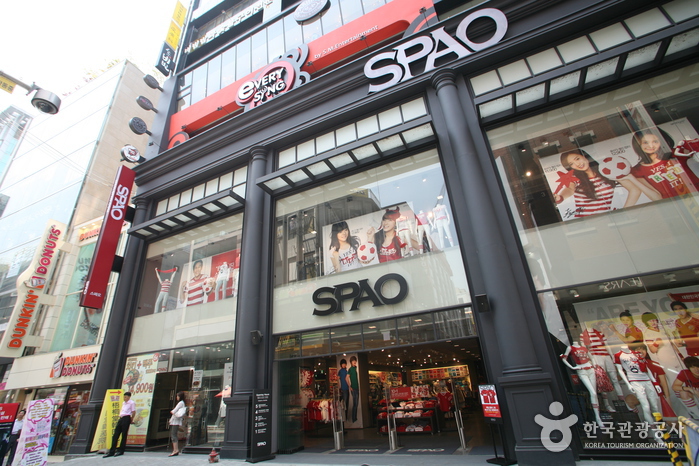
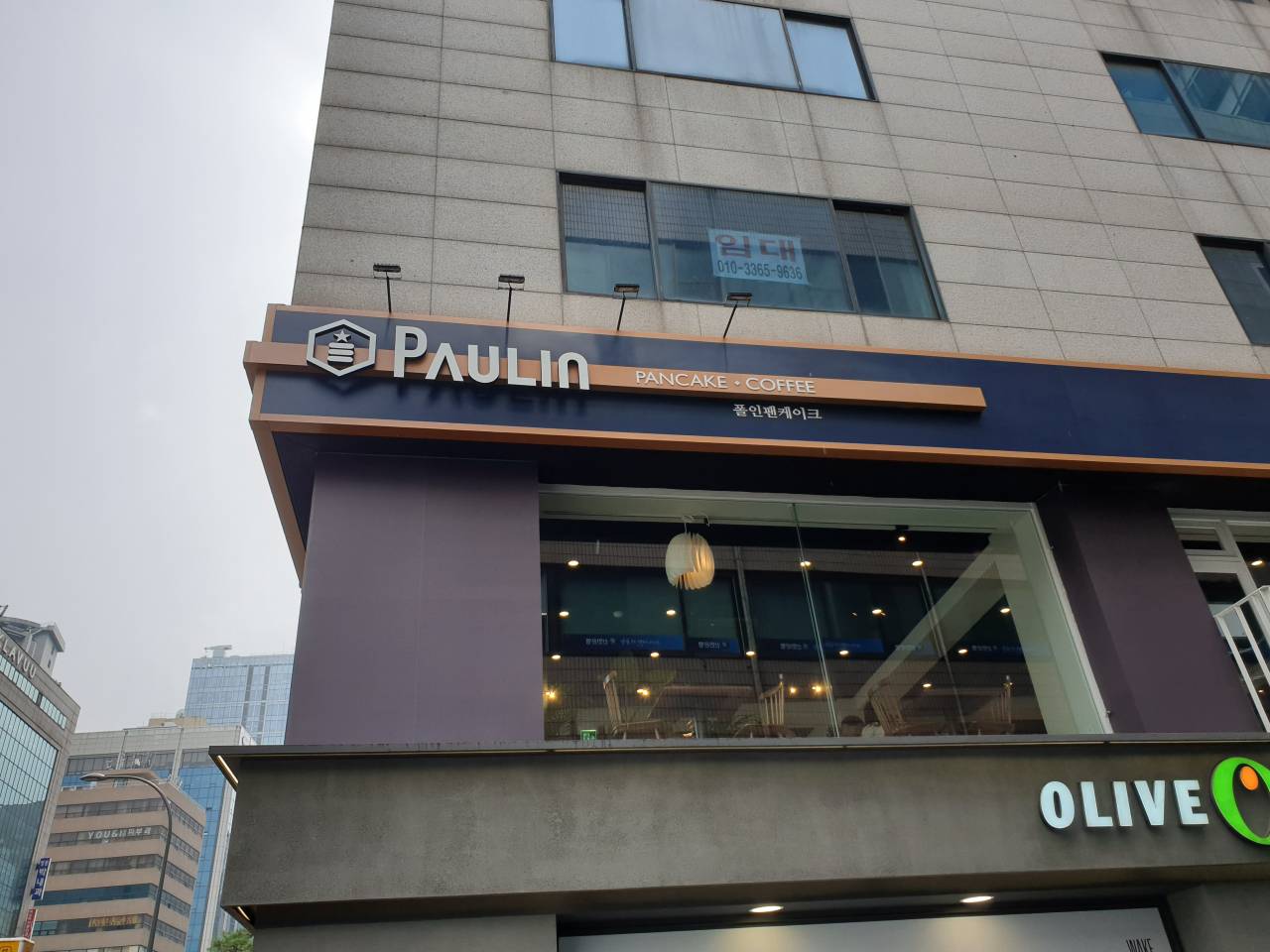
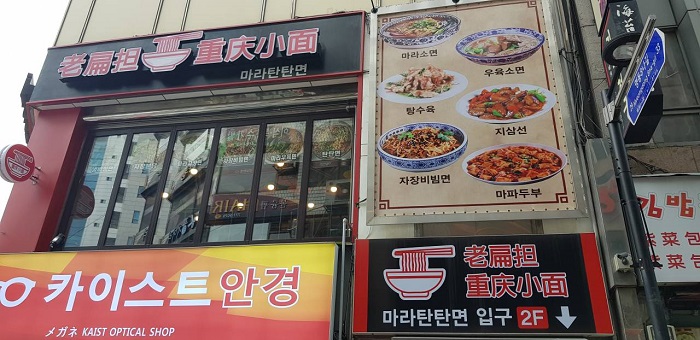
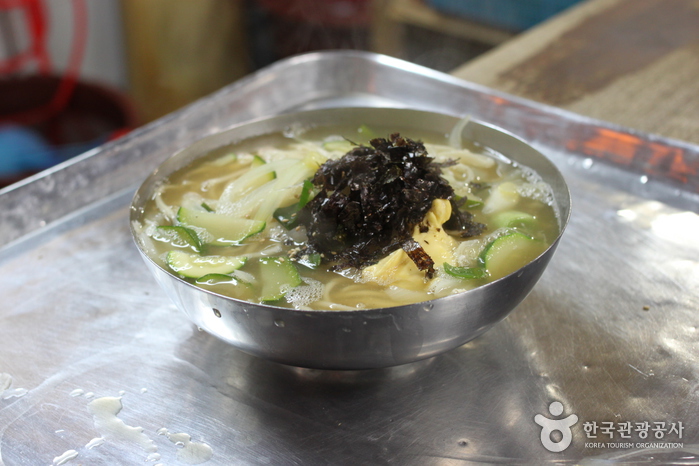
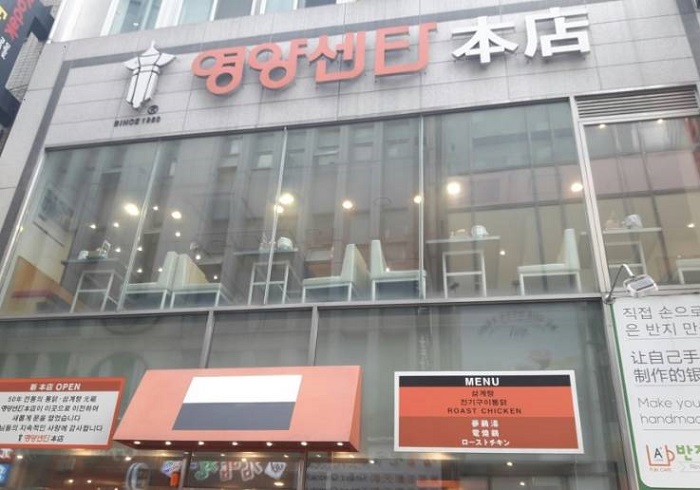
![Of one book and stay [Korea Quality] / 일독일박 [한국관광 품질인증/Korea Quality]](http://tong.visitkorea.or.kr/cms/resource/43/2707643_image2_1.jpg)
 Français
Français
 한국어
한국어 English
English 日本語
日本語 中文(简体)
中文(简体) Deutsch
Deutsch Español
Español Русский
Русский